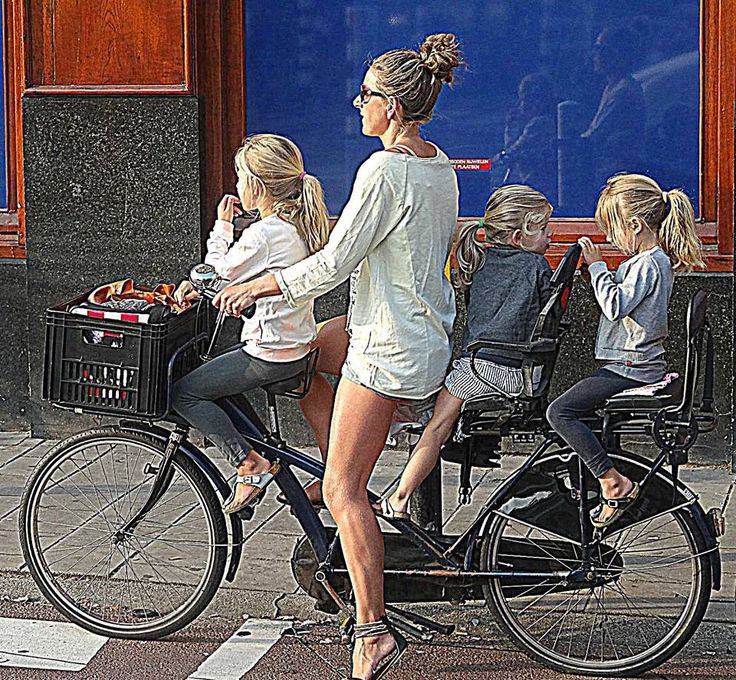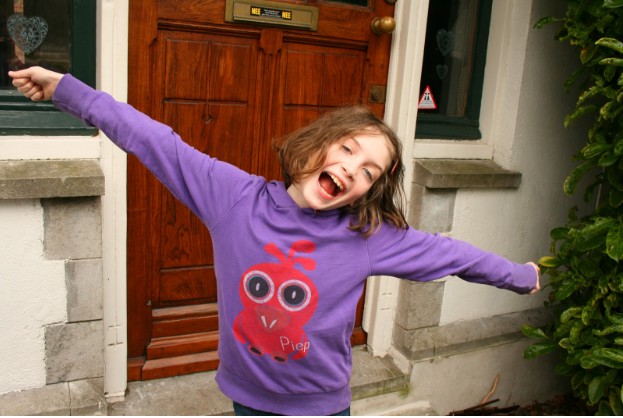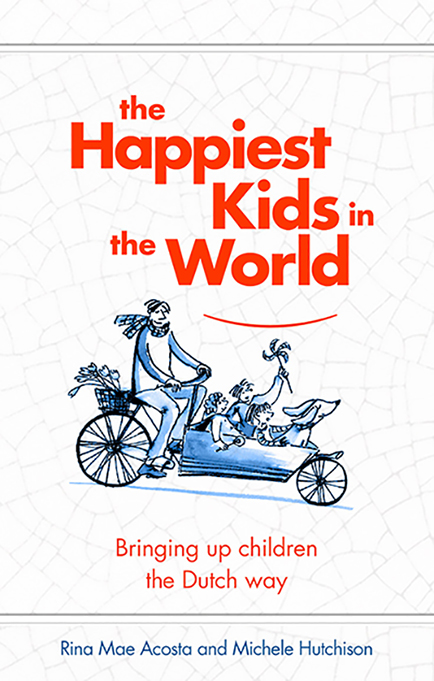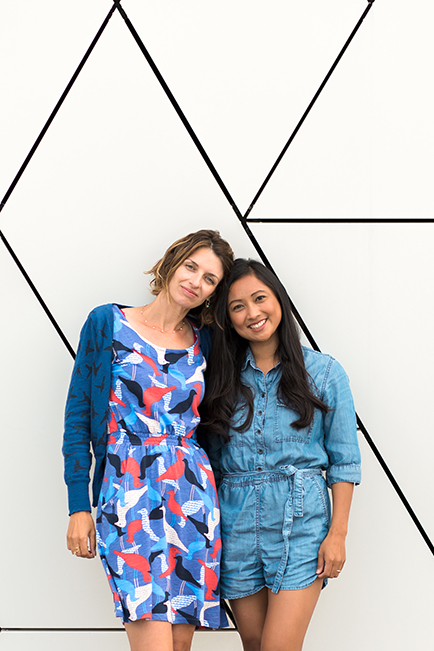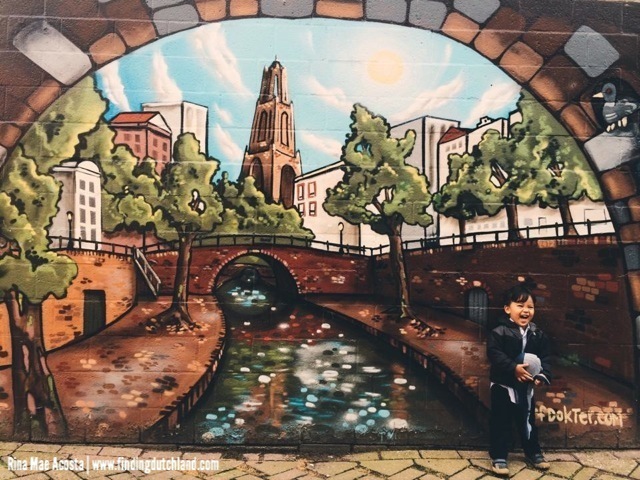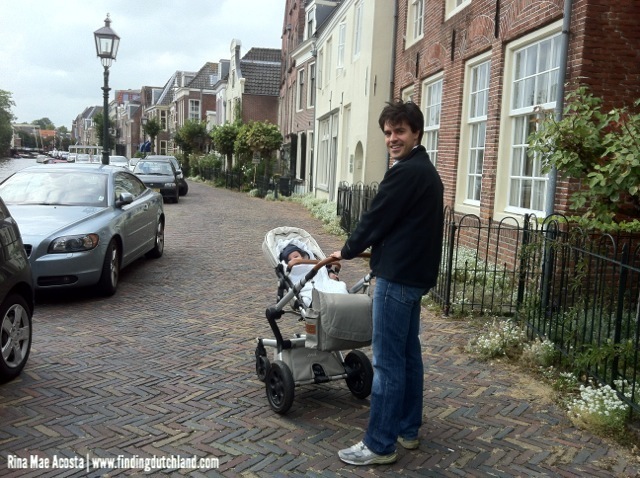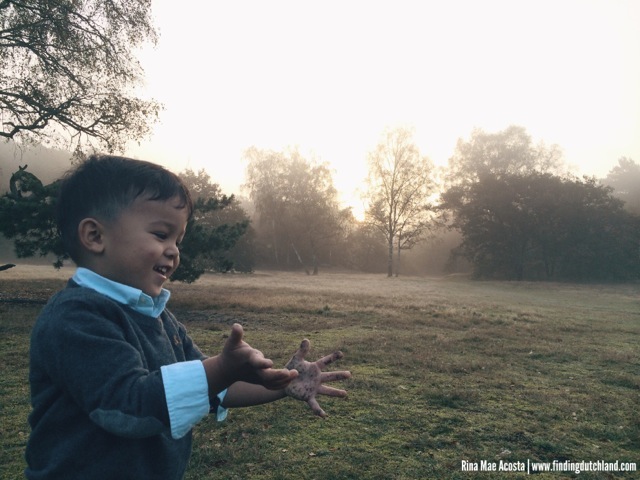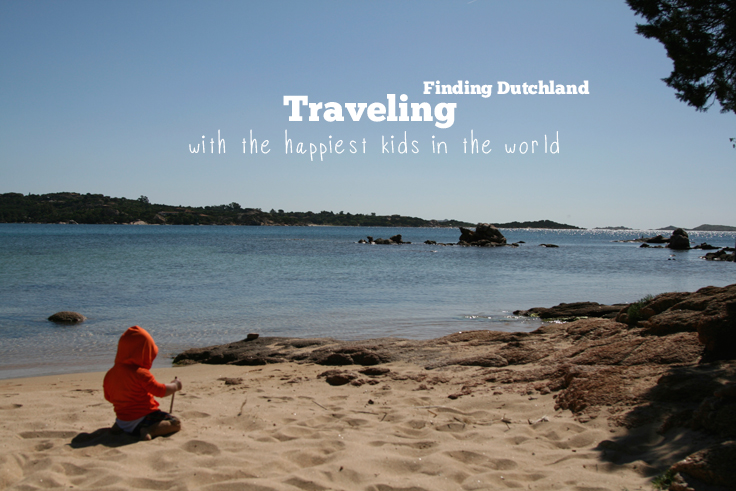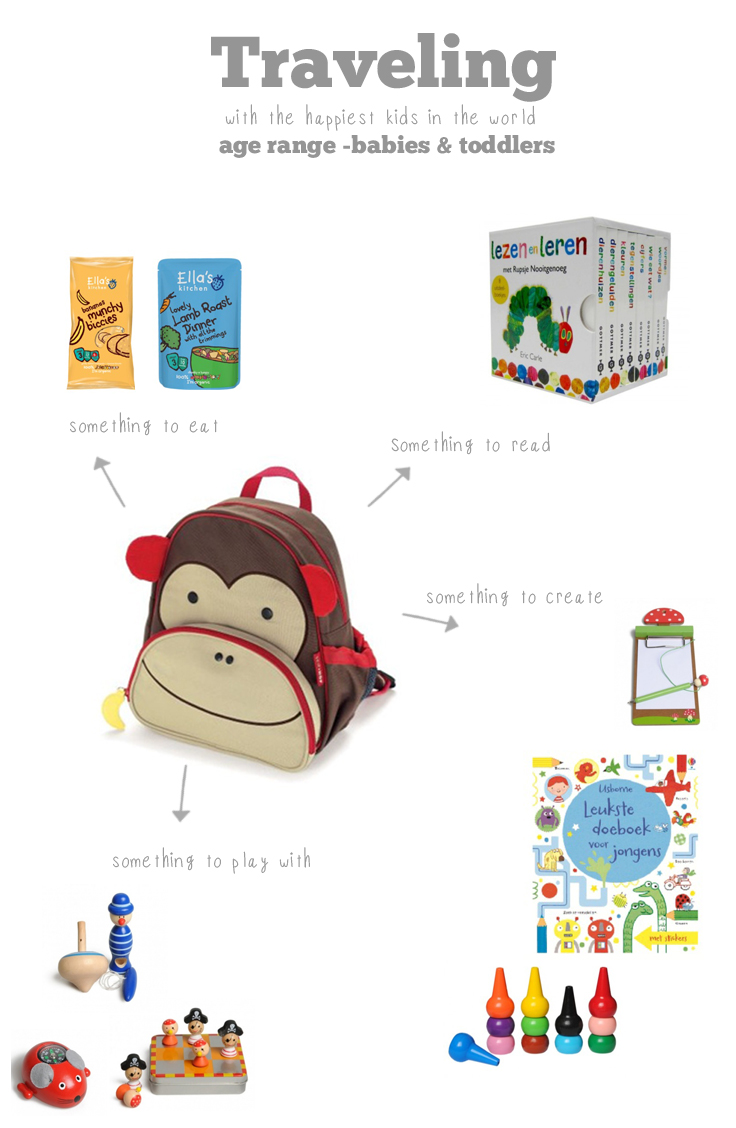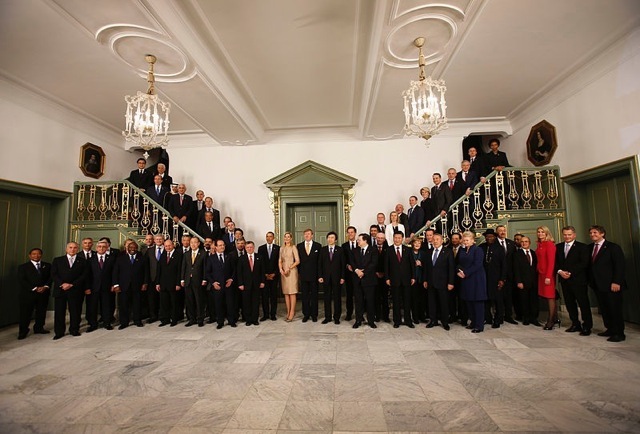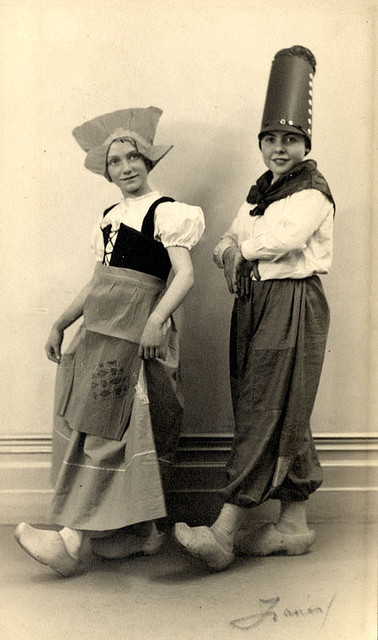A report released on the International Day of the Girl has declared that the Netherlands is among the best places in the world to grow up as a girl. I’m not surprised. Unfortunately, the United States, my homeland, ranks in dismal thirty-two place, trailing behind Algeria and Kazkhstan. Apparently, if you are a girl and want to grab life by it’s horns, you have better chances in Holland.
The Netherlands ranks fourth place, just behind their Nordic neighbours Sweden, Finland and Norway. The Girls’ Opportunity Index is based on five indicators – rates of child marriage, adolescent fertility, maternal mortality (as an indicator of girls’ access to good-quality healthcare), Women MPs (in relation to male MPs), and lower-secondary school completion. Suffice to say, I am not surprised.
Here are my own musings as to why the Netherlands is an incredible place to grow up as a girl (and be a woman):
Rates of Child Marriage
This serious human rights violation where more than 15 million girls under the age of 18 are married is unheard in Dutch culture. The Dutch actually don’t care about marriage. As an American from a more traditional Catholic Filipino immigrant upbringing, I was surprised to learn that marriage isn’t one of the milestones that girls aspire to. The popularity of American programs like Say Yes to the Dress reveals, after all, the idea that getting married is culmination of female ambitions and dreams. Marriage, from a modern Dutch perspective, is simply not for everyone. And not marrying is not seen as a failure or a reflection of a female’s shortcomings, and definitely no longer a prerequisite for having children.
Adolescent fertility
Contrary to popular belief, it’s not the alluring French that are paragons of comprehensive sexuality education but the pragmatic Dutch. Starting at the age of four, the Dutch begin age-appropriate sex education classes with an emphasis on respecting one’s feelings and others. By the time they are teenagers, Dutch girls (and their male counterparts) have a mature perspective when it comes to their sexuality, establishing boundaries and negotiating terms. They boasts one of the lowest rates of teen pregnancies in the world.
Maternal mortality- Access to Good-Quality Healthcare
According to 2014 Euro Health Consumer Index ranking thirty-seven countries, the Netherlands has the best healthcare in Europe. With their long standing tradition of home births, a well-integrated hospital and midwifery system and at-home postpartum maternity nurses, giving birth in the Netherlands can be an amazing and safe experience. And as we all know that Europe takes health care seriously, being first place speaks volumes about the quality and access that can be found in Holland.
Women MPs
If there is one thing that you will learn about being with the Dutch, it’s that having an opinion is a matter of national importance. Dutch girls are encouraged to speak their minds from the moment they can babble. Being articulate and opinionated is a trait that Dutch girls learn to aspire to – and they definitely hold their ground on the playgrounds and later in the boardrooms and in state affairs. Whether or not the Dutch actually have any idea of the subject matter is a whole other topic.
Lower-Secondary School Completion
The Dutch can proudly boast as ranking third in the world for having the most educated population, just behind Finland and Singapore according to the annual Global Competitiveness Report conducted by the World Economic Forum. And Dutch girls regularly outperform their male counterparts when it comes to high school and higher education.
As of now, I am a mother to two American-Dutch boys and intent on raising them to be men I can be proud of. But if I should ever have a daughter, I’d be celebrating being able to raise her in the Netherlands!
First photo courtesy of Peter Eiking
P.s. Did you know that we wrote a book exploring why all these Dutch children are so happy around us?

